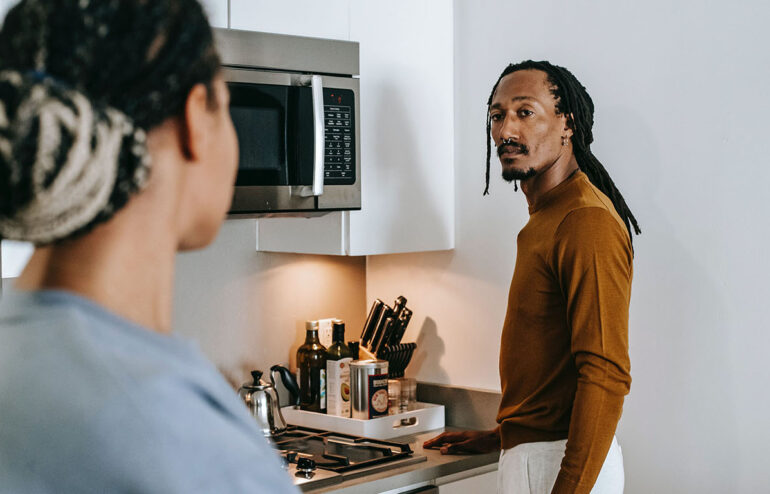How to Identify a Gas Leak in your Noosa Home: Signs, Symptoms, and Safety Precautions
Gas leaks can be dangerous and potentially life-threatening if not promptly addressed. Natural gas is a commonly used energy source in many households and businesses due to its efficiency and convenience. However, it is crucial to be aware of the signs of a gas leak and understand the necessary steps to ensure your safety and the safety of others. In this blog, we will explore how to identify a gas leak, what to do if you suspect one, and essential safety precautions to follow.
Recognizing the Signs of a Gas Leak
Detecting a gas leak early is vital for preventing potential disasters. Here are some common signs that might indicate a gas leak in your home:
- The Smell of Rotten Eggs: Natural gas & LP gas is odorless, but gas suppliers add a distinct smell (similar to rotten eggs) to help detect leaks easily. If you notice this odour indoors or near gas appliances, it’s a warning sign of a potential leak.
- Hissing or Whistling Sounds: Pay attention to hissing or whistling noises near gas pipes, connections, or the gas bottles. Unusual sounds may indicate escaping gas.
- Dead Plants or Brown Patches in the Yard: A gas leak in an underground pipe can kill vegetation in the surrounding area. If you notice dead plants or discoloured patches in your yard without any apparent cause, it’s worth investigating.
- Unexplained Physical Symptoms: Gas leaks can cause various health issues, including dizziness, nausea, headaches, and breathing difficulties. If these symptoms arise suddenly and persist in your home but disappear when you’re away, a gas leak could be the cause.
What to Do If You Suspect a Gas Leak
If you suspect a gas leak, follow these steps to ensure your safety:
- Leave the Area: If you detect any of the signs mentioned above, evacuate everyone from the premises immediately. Avoid using electrical switches, appliances, or open flames as they could ignite the gas.
- Don’t Investigate on Your Own: Leave the investigation to the professionals. Avoid trying to locate the leak yourself, as this could be dangerous. Contact your local gas fitter and inform them about the suspected gas leak. Our Gas Services Qld team operates 24/7 for all gas emergencies.
- Shut Off the Gas Supply: If it is safe to do so, turn off the gas supply (usually located near the gas regulator). However, only attempt this if you know how to do it safely.
- Don’t Return Until Cleared: Do not re-enter the building until the gas fitter has determined that it is safe to do so. They will inspect the area, repair the leak, and provide clearance before you can return.
Safety Precautions and Maintenance
Prevention is always better than cure. To reduce the risk of gas leaks in your home, consider the following safety precautions:
- Regular Inspections: Schedule annual inspections of your gas appliances, heating systems, and gas lines by a certified professional to ensure they are in good working condition.
- Keep Vents Clear: Ensure that all vents for gas appliances and heating systems are clear of obstructions to allow proper ventilation.
- Professional Installation: When installing gas appliances or making changes to your gas lines, always use a qualified professional to ensure the work is done safely and according to Queensland legislation.
Being able to identify the signs of a gas leak and knowing what to do in such a situation can save lives and prevent potential disasters. If you suspect a gas leak, prioritise safety, and immediately evacuate the area. Contact Gas Services Qld for professional assistance. Regular maintenance and adherence to safety precautions will help minimize the risk of gas leaks, ensuring a safe and secure living environment for you and your loved ones. Stay informed, be prepared, and always put safety first.

